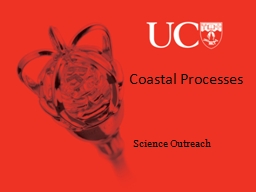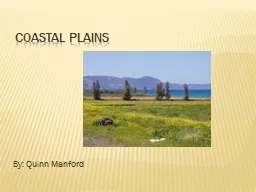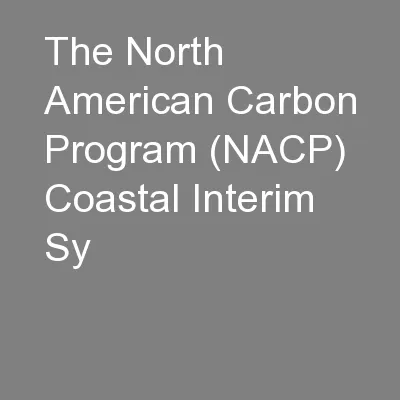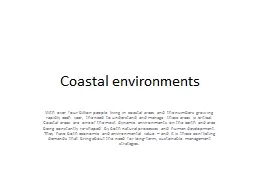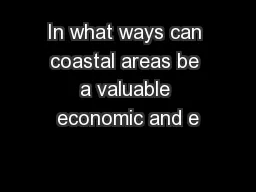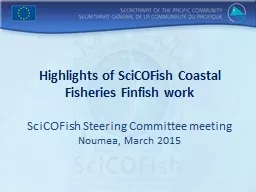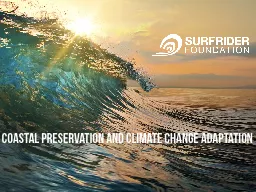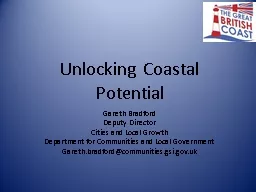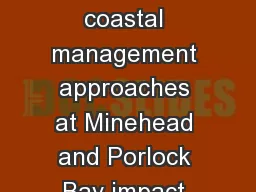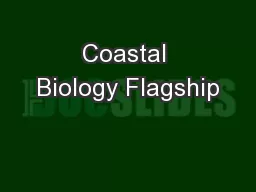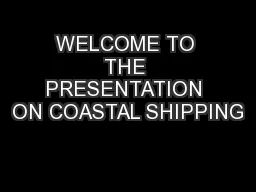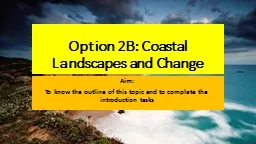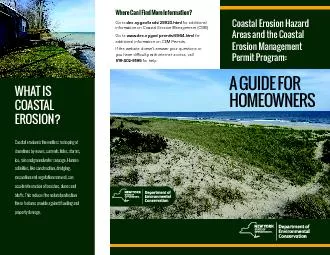PPT-Coastal Processes Science Outreach
Author : joyce | Published Date : 2023-09-25
Interacting Elements of the Coastal System Types of Coastlines in NZ Rocky shorelines Form on high energy coasts where the ocean meets mountains or sea cliffs Sandy
Presentation Embed Code
Download Presentation
Download Presentation The PPT/PDF document "Coastal Processes Science Outreach" is the property of its rightful owner. Permission is granted to download and print the materials on this website for personal, non-commercial use only, and to display it on your personal computer provided you do not modify the materials and that you retain all copyright notices contained in the materials. By downloading content from our website, you accept the terms of this agreement.
Coastal Processes Science Outreach: Transcript
Download Rules Of Document
"Coastal Processes Science Outreach"The content belongs to its owner. You may download and print it for personal use, without modification, and keep all copyright notices. By downloading, you agree to these terms.
Related Documents

